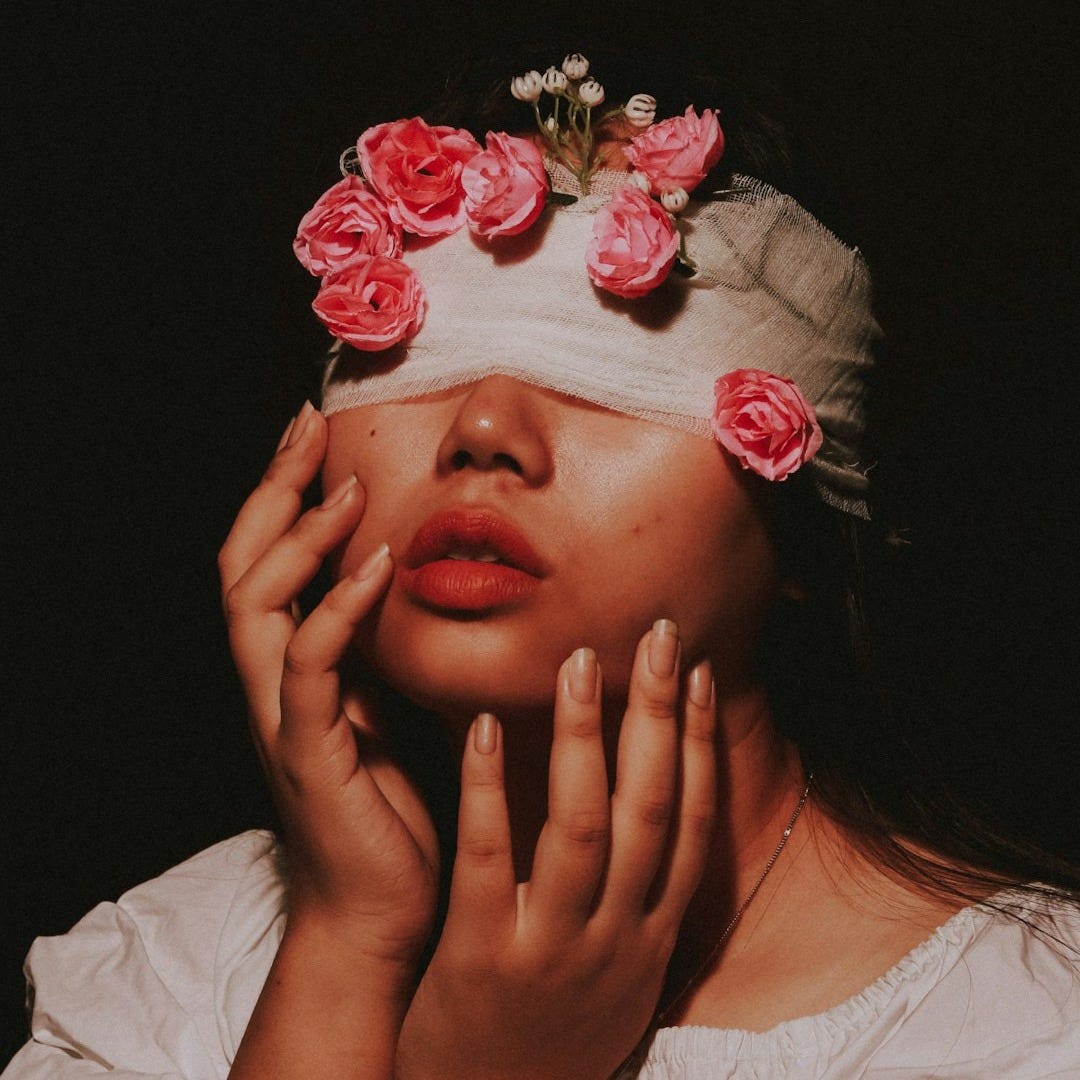Get Off Procrastination Station
3 Fears That Really Hold Artists Back

Why am I procrastinating?
There’s something sinister about bringing up the p-word.
Procrastination elicits shame. It gives lungs and breath and life to unfinished poems, unwritten journal entries, blank canvases, and missed opportunities. But procrastination is a loving shield from the spectrum of darker emotions.
Enter grief, anger, and fear.
Most of us are eager to get down to the nitty-gritty of art-making, but here comes gnawing and nagging fear. If we consider emotions as helpful teachers and friends (well, maybe not friends, but perhaps confidants), then fear is an elder.
Located in our reptilian brain, it protects us from near death experiences like being killed by predators or dying from starvation. Fear hasn’t evolved to distinguish between the life threatening dangers we faced as early humans and the complex ones we now navigate. But fear ultimately wants us to live. To move through modern fears, it is important to name them.
Here are three of the most common fears that artists encounter on the journey towards creative control:
FEAR OF FAILURE
Artists are routinely told to suppress their creative inclinations in search of more “practical” pursuits. This message starts early. Many of us came from homes where our parents struggled to make ends meet. The “starving artist” trope is so pervasive that the fear of scarcity travels from the parent’s brain to their child’s. The parent might even feel that since they sacrificed their creative passion for a cubicle, everyone should. Never mind that ingenuity drives some of the most important advancements in human history—the paint brushes, sketchbooks, dance classes, and doodling are brushed aside as unimportant. To add fuel to the fire, in school, these activities are seen as “extracurricular” instead of prioritized as at the core of every subject. In an art-friendly society, we’d learn Math by studying complex mosaics, Science by hypothesizing about a theatre piece, and English through the most legendary rap verses. Unfortunately, we don’t live in an art-friendly world.
So then, artists of all ages are deterred from trying new things and even trying art itself. And yet, being a crappy beginner is a vital step in the journey toward mastery. I write all this because naming fears works wonders. When we neglect our fears, they become more urgent. When we suppress our fears, they seep into just about everything we do. If you’re battling a fear of failure, have you ever asked yourself if failing is the end of the world? Can’t losses be the best lessons? Isn’t every first step towards mastering an artistic medium a small “failure” until you get it right? If so, shouldn’t we all be exceedingly grateful for all the failures that brought us to our most memorable success?
FEAR OF SUCCESS
We’ve all heard the story of the overnight success. The artist that “started from the bottom” but signed a big record deal, or sold a visual piece for a ridiculous amount of money. The first problem is that overnight success is an urban legend. These kinds of artists have been working behind the scenes for years, have connections in their industry, or have some financial cushion that allows them to create without worrying about paying for basic needs.
Still, we all see that they make it big! We often call these artists sellouts. And although some creatives might indeed make iffy career choices or collaborate with exploitative companies, everyone’s definition of success is different.
And yet, we don’t talk much about this phenomenon. Success. And success is scary.
Instead, artists who hit the lottery (because it is like winning a lottery ticket to experience overnight success) are seen as the blueprint for everyone else. And here come our friends and family asking, “Do you still make those little drawings?” or “I liked your last song. Do you still record?” It’s as if they can’t fathom why you’d continue to pursue something when you haven’t won a spot on American Idol yet. These kinds of inquiries can be highly irritating. What’s worse is they can even anchor us in resentment. We never stop and wonder what our ideal artistic career might look like. We might instead scoff and scowl at artists who appear to be one step ahead of us. Keyword: appear. Envy is an emotion that burgeons out of scarcity. And there’s a lot of envy in artistic communities. The fear of success can have us refusing to “sell out” as a defense mechanism. A way to avoid the skills needed and necessary for sustainability, albeit thriving in our career. These skills include discipline, business acumen, and consistency.
FEAR OF FEAR ITSELF
I don’t know when I stopped being scared of horror movies. Maybe it was because real life is stranger (and more frightening) than fiction. Now I get a rush out of watching people wander through haunted houses or zombies slow walking towards a screaming protagonist. Is it true that there’s nothing to fear but fear itself? I think so.
Artist Michael Bernard Loggins wrote an entire book about fear while living in San Francisco. The collection lists all of the fears that stalk his day-to-day life—from the mundane to the ridiculous. “Fears of Your Life” is such a great read because it brings fear out of the shadows.
It names how our brains battle with big changes.
How will your artist brain remain brave?
Your prompt (if you choose to accept it)
List your fears. Write about the rewards that await you on the other side of your fear.


Real spit!
This arrived at the perfect time for me. Thanks for your wise, fresh perspectives. I accept your prompt. Hopefully, I wasn’t one of ‘those’…